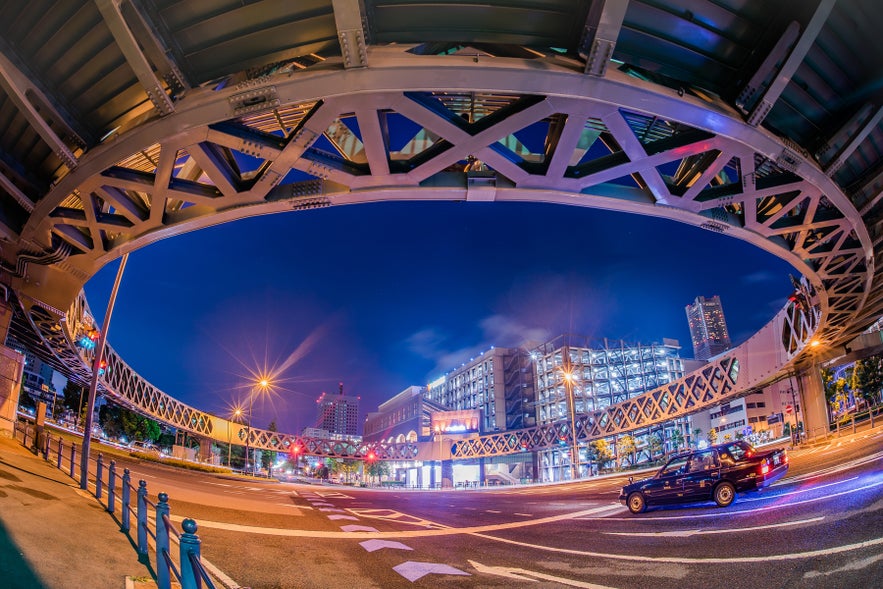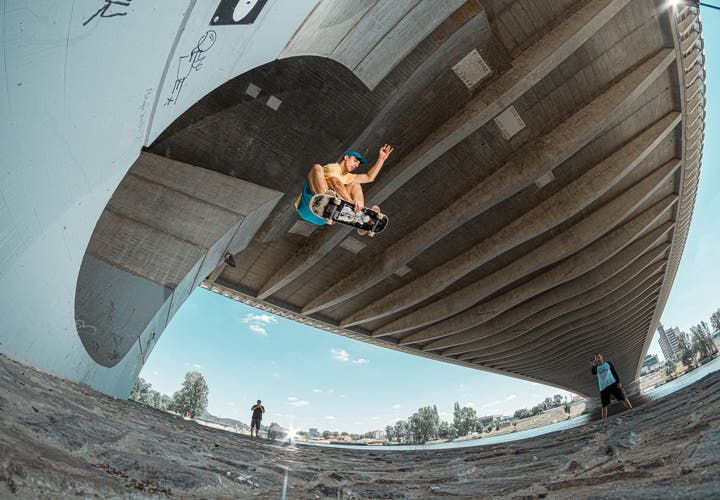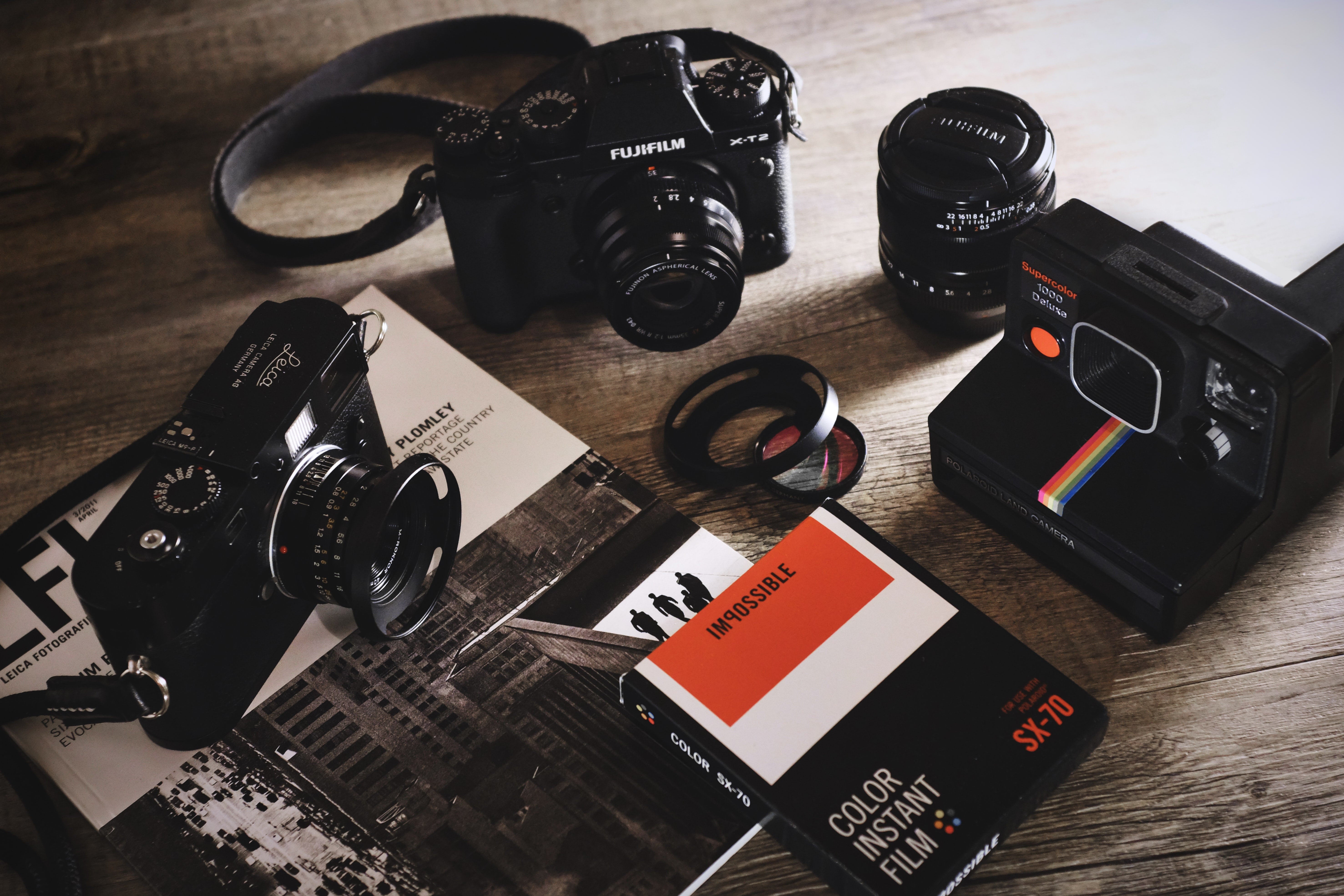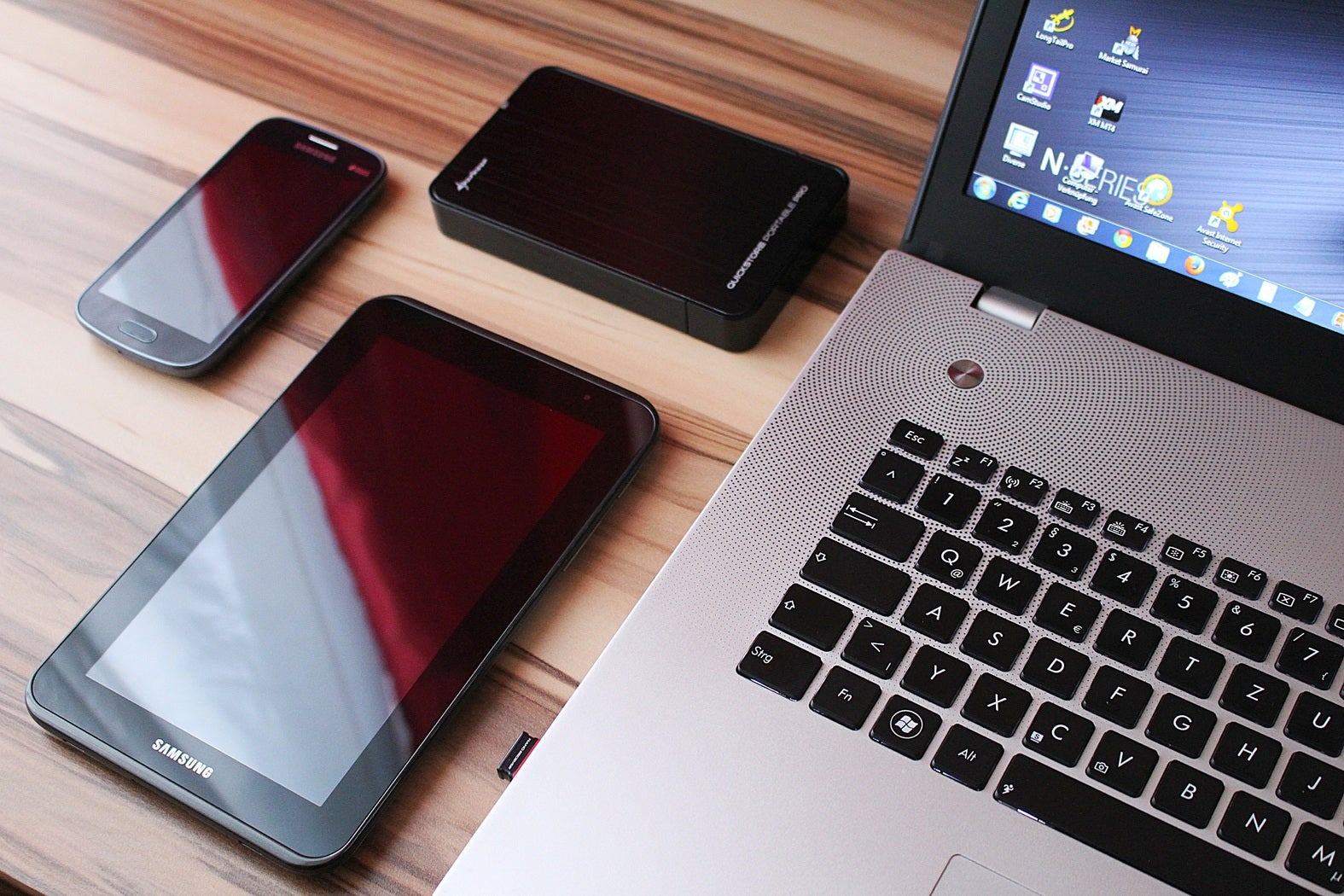
There is a certain mystery that surrounds the use of fisheye lenses. Those who have them swear by their creative purposes, while others may view a fisheye as more of a toy lens than a tool for serious photography.
- Discover this 2-Day Snaefellsnes Peninsula in Summer Photography Tour
- Find out 5 Key Reasons to Use a Wide Angle Lens in Iceland
- Check out this article on Understanding Lens Flare in Landscape Photography
While they can be challenging to master, fisheye lenses can be used in a variety of ways to help you express your creativity, no matter your photography genre of choice. Their unique effects and impressive optics impart a fluid, dynamic and often abstract quality to images, elevating even the most mundane of scenes into something more fascinating.
Fisheye lenses are incredibly versatile and can enable you to see the world around you in many fun and different ways. So if you’ve been looking to get into fisheye photography but you’re not quite sure what this specialty lens will add to your images, then read on to learn about how you can utilise a fisheye to get more creative with your work.
What is a Fisheye Lens?
A fisheye is an extreme wide angle lens that produces a 180° degree field of view with the intent to create panoramic or hemispherical images. Its name was first coined in 1906 by Robert W. Wood, an American physicist and inventor who likened the effect of a fisheye lens to the world-view of a fish underwater.
 Fisheye lenses create a strong visual distortion. Photo by: 'Pxhere'.
Fisheye lenses create a strong visual distortion. Photo by: 'Pxhere'.
The reason that you’ll experience this strong visual distortion is that due to the unique shape of their optics, fisheye lenses are affected by what is known as ‘curvilinear barrel distortion’. This is where straight lines around the centre of the frame appear to curve.
The majority of the time, this is not an effect that photographers will want to achieve when taking a photograph. In fact, when reviewing lenses, distortion is often described as a flaw of the lens and not a characteristic that is desirable. What we usually want when we use a wide angle lens is to have straight lines appear to be straight. However, the curved distortion effect is what makes a fisheye lens so unique and which separates it from a ‘rectilinear lens’ – that is, one that produces images whereby straight features appear to be straight.
 An example of a circular fisheye effect. Photo by: 'Pxhere'.
An example of a circular fisheye effect. Photo by: 'Pxhere'.
There are two types of fisheye lenses – those which are circular and those that are full-frame. The difference between the two is that when you capture an image with a circular fisheye lens, the entire 180° image is projected onto the camera sensor, resulting in a planetary, small-world effect. A full-frame fisheye also has a 180° field of view, though the image that it projects onto the camera’s sensor is significantly larger than that of a circular fisheye, resulting in an image that fills the frame instead.
Focal Length
Typical fisheye lenses have an ultra-wide focal length of around 24mm or less. They can come as prime lenses (with a fixed focal length) or zoom lenses (with a variable focal range).
 Some fisheye lenses cover a large focal range and are great for getting up close to the action. Photo by: 'Pxhere'.
Some fisheye lenses cover a large focal range and are great for getting up close to the action. Photo by: 'Pxhere'.
Some fisheye lenses, like the Canon 8-15mm f/4L fisheye, cover a large focal range and are compatible with both full frame and crop sensor cameras. There are also fisheye lenses made specifically for cameras with APS-C sensors to produce a similar effect, such as the Tokina 10-17mm f/3.5-4.5 fisheye.
Depth of Field
As fisheye lenses have a short focal length, shooting with a smaller aperture such as f/16 will yield a very large depth of field. This is the case even when you open up the aperture, for example to f/2.8 or f/4. While you may still get a little bit of blur, you likely won't be able to achieve total bokeh.
 Fisheye lenses have a large depth of field. Photo by: 'Pxhere'.
Fisheye lenses have a large depth of field. Photo by: 'Pxhere'.
Due to this large depth of field and the ability to reach infinity at a close distance, images that you take with a fisheye lens will appear to be sharp and in-focus from the foreground all the way through to the background. This is especially useful for landscape photography, though can be problematic for isolating a subject from the background.
- See also: Depth of Field in Photography
Fisheye Lens Recommendations
No matter what camera system you use, there is a fisheye lens on this list that will likely work for you. These days, all of the major camera lens manufacturers have one in their collections and you can even find fisheye lenses on the market for everything from smartphones through to DSLR cameras.
Canon EF 8-15mm ƒ/4L
Canon’s 8-15mm fisheye lens is a specialised lens that is capable of producing both circular and rectilinear images. Its unique focal length range makes it one of the widest fisheye lens on the market and a versatile option to have in your camera bag. When zoomed out at 8mm, you’ll be able to capture circular images, while zooming in to 15mm will result in a rectilinear effect. This lens also includes both automatic and manual focus, which gives you a lot more control over the shooting process. Although it’s a bit on the expensive side, you’ll get your money’s worth back in image quality.
Nikon Nikkor 8-15mm ƒ/3.5-4.5
This lens is Nikon’s answer to the field of fisheye photography. Similar to Canon, the Nikkor 8-15mm features an incredible focal length range as well as automatic and manual focus. The body is weather-sealed, while the front and rear elements feature Nikon’s protective fluorine coating, making it a good option to take out on more rugged journeys. The lens also has a minimum focus distance of 1.27cm, meaning that you’ll be able to get extremely close to your subjects.
Olympus M.Zukio Digital 8mm ƒ/1.8 Pro
This lens was designed for use on the Olympus micro four-thirds system and offers the equivalent of a 16mm fisheye effect on a 35mm camera. The fast 1.8 aperture makes it great for shooting in low-light, while the minimum focus distance of just 2.5cm means that you can get super close to your subjects. Other highlights include a silent autofocus feature, as well as a built-in hood which reduces glare. Its very small size means that it’s perfect to bring along for street photography and interior architecture, such as galleries and museums.
Rokinon / Samyang 12mm ƒ/2.8
The Rokinon / Samyang 12mm f/2.8 is an affordable fisheye lens that opens up many opportunities to get creative as a photographer on a budget. It is available in a Sony mount, as well as for other camera brands. Focusing is done manually, which isn’t a problem if you mostly shoot in slow-action environments. In addition, this lens has a nano crystal coating on the elements, which helps to reduce internal reflections.
Sigma 15mm f/2.8 EX DG Diagonal Fisheye Lens
The Sigma is another affordable fisheye lens for those who are keen to expand their creativity. This lens is both lightweight and compact, making it a good choice for travel photography. It has an autofocus feature which makes shooting handheld a breeze. Meanwhile, the wide aperture means that you’ll be able to capture wonderful close-up portraits, with a minimum focusing distance of 15cm.
Lensbaby 5.8mm f/3.5 Circular Fisheye Lens
The Lensbaby brand is well-known for their lenses, which have been developed specifically for special-effect photography. In addition to the fisheye effect, this lens creates unique flare and reflection around the image circle, making it seem to the viewer as though they really are peering out of the metal optic casings of the lens as they gaze at the final image. The lens offers incredible sharpness at the centre of the image circle and with a minimum focusing distance of just 0.635cm, you’ll be able to capture a variety of extremely fun, close-up images of the world around you.
Olloclip Mobile Photography Box Set
This is a fisheye lens kit designed specifically for the iPhone X. Within the kit, you’ll find 3 interchangeable lenses: fisheye, super-wide and macro. These smartphone camera lens attachments give you the opportunity to enhance your smartphone photography, simply by clipping over the camera on your phone. Capturing the fisheye effect really doesn’t get easier than that.
Black Eye Pro Fisheye G4
There’s no need to feel like you’re missing out if you have an Android smartphone. The Black Eye Pro Fisheye G4 is the answer to creating fisheye images and video when you’re on the go. All you have to do is to clip the lens directly over the camera on your phone. You’ll then have an amazing fisheye effect which will make your images really pop!
- See also: Best Lenses for Night Photography
How to Use a Fisheye Lens
 Fisheye lenses can be a challenge to master but the basics are quite simple. Photo by: 'Pxhere'.
Fisheye lenses can be a challenge to master but the basics are quite simple. Photo by: 'Pxhere'.
Using a fisheye lens for photography isn’t as difficult as it seems. Getting the basics downpat can be a bit of a challenge but once you do, you’ll be well on your way to mastering the craft of fisheye photography. All in all, the key to taking great fisheye images is to understand the following points about using a fisheye lens:
-
You will see more distortions at the edges of the frame;
-
The distortion effect will be enhanced as you get nearer to your subject;
-
To make the horizon appear to be as flat as possible, place it near the centre of the frame;
-
Tilting the lens upwards will make the horizon appear to be concave; and
-
Tilting the lens downwards will make the horizon appear convex.
 Tilting the lens upwards leads to interesting effects with a fisheye lens. Photo by: 'Pxhere'.
Tilting the lens upwards leads to interesting effects with a fisheye lens. Photo by: 'Pxhere'.
Depending on the minimum focus distance of your lens, you can get super close to your subject for interesting effects. You can also close down the aperture for incredible depth of field or open it up for a somewhat blurry background. Creating dynamic subject matter is much easier at the edges surrounding the centre of the frame, where everything distorts.
Expanding Your Creativity with a Fisheye Lens
 A fisheye lens can help you to expand your creativity. Photo by: 'Pxhere'.
A fisheye lens can help you to expand your creativity. Photo by: 'Pxhere'.
To really get creative with a fisheye lens, take it with you when you next go for a walk around the city. You can try capturing the exterior architecture of entire monuments and buildings within a single frame – the distortion effect will make them appear all the more fascinating.
Getting up high into an elevated vantage point, such as on the top of a building, can produce some incredible panoramic effects when you photograph the city below you. Take advantage of any curved lines that you may find, such as a railing or design feature, as these can add even more interest to the frame.
 Try getting to a high vantage point for fisheye photography. Photo by: 'Pxhere'.
Try getting to a high vantage point for fisheye photography. Photo by: 'Pxhere'.
- See also: The Best Lenses for Wildlife Photography
While you’re in the city, try heading into a train station, gallery, library or museum where you may be able to find some impressive interior architecture or historical murals painted on the ceilings. A fisheye lens will enable you to capture the entire scene, making for some truly striking photos.
Get down low so that you can tilt your camera upwards to get the expanse of the interior space into a single shot. Alternatively, if you can make your way to a higher floor, you can shoot downwards towards a spiral staircase or some other feature below to create thought-provoking images with dizzying depth.
 Staircases make for interesting fisheye subject matter. Photo by: 'Pxhere'.
Staircases make for interesting fisheye subject matter. Photo by: 'Pxhere'.
Harnessing your creativity with a fisheye lens doesn’t end at the urban landscape. The next time that you go travelling, take a fisheye lens with you. You’ll be able to see the world in fun and surprising ways, whether your aim is to capture panoramic views, the Milky Way, landscapes at night or just to exaggerate the curvature of the Earth.
In fact, a fisheye lens is even useful for pointing towards yourself to take selfies. The ultra-wide nature of a fisheye means that you’ll be able to capture the vast landscape behind you. Meanwhile, the distortion effect around the centre of the frame can make for some funny images when getting up-close and personal with your friends during your vacation shenanigans.
Speaking of which, did you know that fisheye lenses can be great for portrait photography? You can really bring out the character of a person or animal simply by making the most of the extreme distortion. While these images won’t be the most flattering, you can actually use the fisheye effect to highlight certain features of your subject’s face, such as a person's big eyes or a horse’s long nose, particularly if they happen to be pulling an intriguing (or hilarious) facial expression! Try shooting into the sun at the same time to create some colourful lens flares or reflections.
 Extreme sport photography is made all the more fascinating by fisheye effects! Photo by: 'Jan Kopřiva, Pexels'.
Extreme sport photography is made all the more fascinating by fisheye effects! Photo by: 'Jan Kopřiva, Pexels'.
Last but not least, fisheye lenses are exceptionally great for photographing extreme sports. If you’re into adrenaline-packed action, then take your fisheye lens with you when you go skateboarding, BMX riding, snowboarding or even surfing. You’ll find that the distortion effect can help you to create some really dynamic images that convey the excitement of actually being there.
The closer that you can get to your subject, the better, so try standing right at the top of halfpipe and capturing the skateboarders as they catch some air. Better yet, if you have a waterproof camera casing, then get into a barrel with a surfer and use the curvature of a wave to frame the image. The possibilities are endless and where there’s a will, there’s a way. Using a fisheye lens can be an amazing way to get more creative with your photography, so get out there and practice!
About the author: Serena Dzenis is a landscape photographer based in Iceland. You can find more of her work on her website or by following her on Facebook and Instagram.
Do you have any other tips for getting creative with a fisheye lens? What has worked for you in the past and what hasn't? Leave a comment below!











